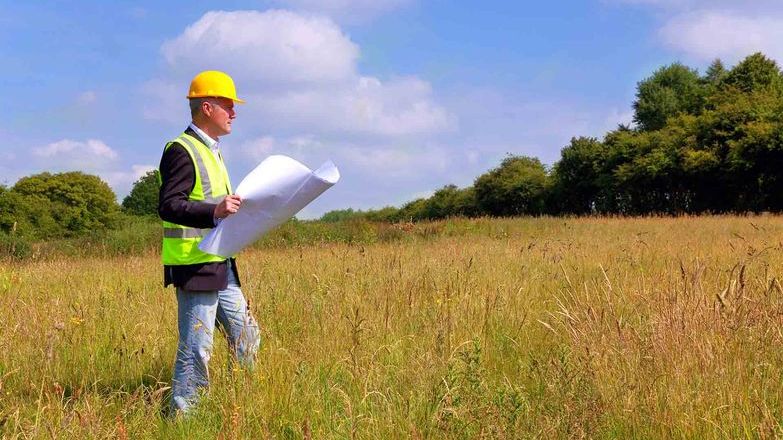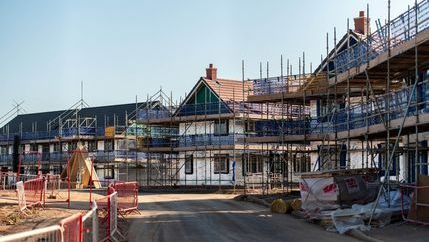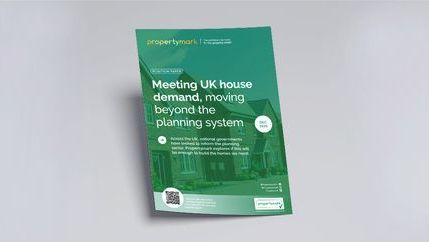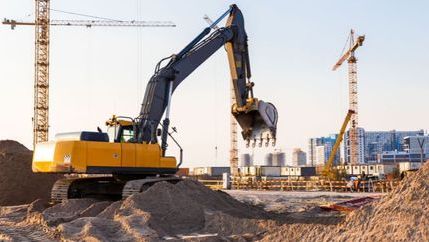
The Government has committed to building 1.5 million homes throughout this Parliament. We believe this ambitious goal cannot be achieved without enabling smaller developers to play a bigger role. Reforming planning rules to reduce bureaucracy and accelerate approvals for smaller developments is vital for increasing housing supply and meeting the needs of local communities.
Why site threshold reform is important
Current planning rules can create significant hurdles for small and medium-sized developers. While large developers often have the resources to navigate complex processes and absorb long delays, smaller firms are often disproportionately affected by regulatory requirements. This has made it more difficult for them to compete and bring forward viable housing projects.
Yet it is these smaller developers who are often best placed to make use of small, brownfield sites, deliver affordable housing, and respond flexibly to local demand for different property types and tenures. They also train a significant share of the construction workforce—around 73% of all apprentices—and have a strong track record of contributing to local employment and regeneration.
Over recent decades, the number of large developments has grown considerably. Projects of over 500 homes now make up 38% of new housing developments, compared with just 8% twenty-five years ago. As a result, smaller developers are being squeezed out, and the housing market is becoming less diverse and less responsive to local needs.
Our recommendations for reform
We strongly support the introduction of a new planning threshold specifically for developments of between 10 and 49 homes. A dedicated threshold for this scale of development would make a real difference to smaller developers, providing a more proportionate set of planning requirements and creating greater certainty over timescales and costs.
the UK Government must maintain the 13-week statutory time limit for decision-making on medium-sized sites. A quicker, more predictable process will encourage more SMEs to bring forward housing schemes, helping to increase the number of homes built each year.
We have also called for local planning authorities to be properly resourced, with the ability to employ in-house ecologists and environmental specialists. Too often, developers are forced to commission expensive environmental reports that are then rejected or duplicated by councils. Giving councils the expertise to support developers through the environmental assessment process will reduce unnecessary costs and delays, while ensuring high standards are maintained.
In addition, we believe improvements are needed in how Section 106 agreements are managed. These agreements, which are used to secure developer contributions to local infrastructure and affordable housing, are often complex, slow and inconsistent across different local authorities. We support the introduction of standardised templates, additional staffing in planning departments, and statutory timescales to make the system more efficient and accessible for SME developers.
We do not agree that the proposed Building Safety Levy should be applied across the board to all developments. This levy should be focused on developers who were directly responsible for installing unsafe cladding, rather than penalising those with no connection to past safety failings. Exempting smaller sites entirely could also create a loophole that allows developers to avoid the levy by splitting projects into smaller units, so a more targeted approach is needed.
Finally, we believe that planning thresholds should be based on the number of residential units, not just the size of the land (in hectares). A unit-based threshold is clearer, easier to understand, and more consistent across different local authorities.
Sustainable growth and mixed-use development
We also support extending streamlined planning rules to smaller commercial and mixed-use developments, particularly when closely linked to housing. Access to local services, shops and amenities is essential for building strong communities, and planning rules must support joined-up development that includes both residential and non-residential uses.
At the same time, we caution against weakening environmental protections. Councils must be equipped with the right staff and training to assess Biodiversity Net Gain, water neutrality and nutrient neutrality requirements. Without this investment, delays and rejections will continue to hold up development and push up costs for builders.
Helping the housing market and the economy
Improving the planning process for smaller developments will benefit the entire property market. It will bring more homes into the pipeline, reduce the bottlenecks in sales and lettings, and stimulate local economies.
We have engaged with our members, industry groups and planning experts to shape our response. We fully support the Government’s goal of increasing housing supply, but we are clear that this can only be achieved if smaller developers are given the tools and support needed to deliver.





